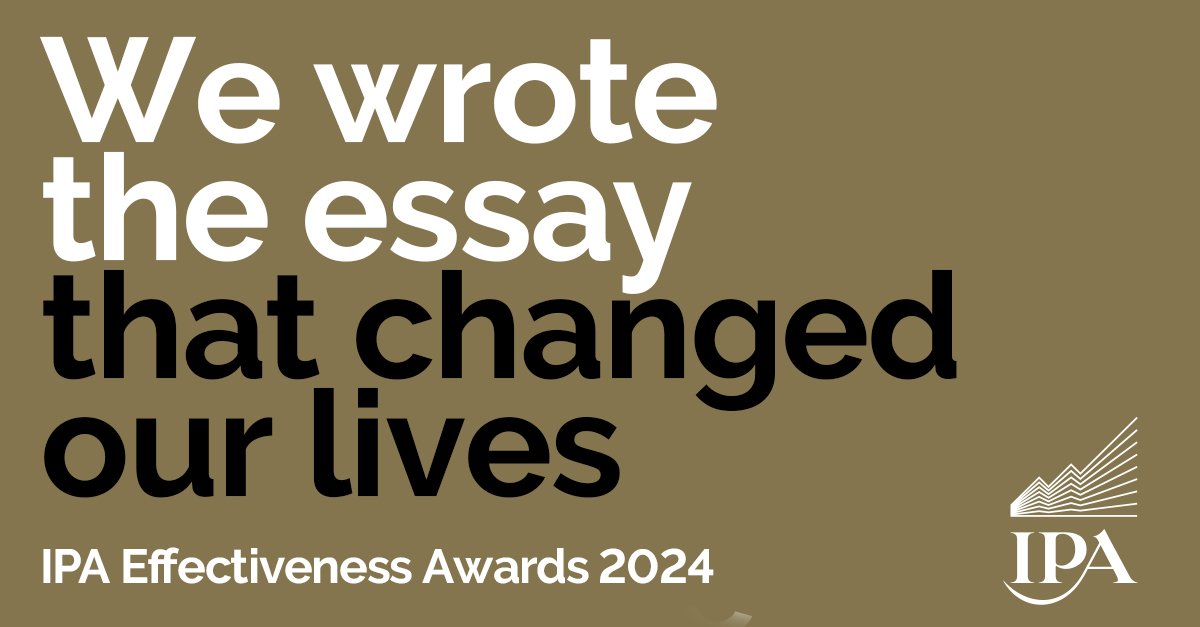There’s an empathy crisis in society today. As major forces in public discourse, your brand’s digital agency has a responsibility to help our audiences understand the post-2020 world.
We need to keep each other safe and happy in the world we want to have. So how do we ensure our contributions both engage with the world as-it-is, while shaping the way people engage with the new habits and behaviours we need to learn?
I recently shared some thoughts in this direction for Creative Brief. But as we’ve entered lockdown again, I want to discuss the attention model we use as a digital agency connecting our campaigns with our audience.
From the fatigue we felt in clapping from our doorsteps to mark the bravery of our front line workers. To the numbness we feel at the black and white montage film across charity adverts. To the infamous words ‘you’re on mute’ falling out of our mouths with cutting passive aggression.
We’re overwhelmed, over stimulated and, well – just over it.
Yet continually marketers ask themselves how can I make [insert benign product here] enhance the lives of consumers, build a meaningful connection and bring tears to the eyes of our audience.
But take away social stimulus, increase solitude and limit social interaction to the lens a pixelated video call, and empathy is even more an issue in the current crisis. Not least for our audience – but for us as marketers, supporting brands in building relationships with and finding authentic roles to play.
Contact Theory, developed by psychologist Gordon Allport back in the 50s, suggests the more time we spend with others, the more we understand them. We marketers are in love with personalisation and the individual. But the individual’s experience only has meaning in so far as it can be shared with those around them and enhance their feelings of social worth.
How is this relevant to a digital agency? Because remove those interpersonal contacts, and a brand’s authentic voice within their broader social context becomes the most important tool they’ve got.
As an interesting side note here; you can’t get around a lack of diversity by observing others. Studies prove that observation alone can actually be counterproductive and exacerbate feelings of resentment. Simply sending our people on wild and daring safaris outside the urban centres we work and often live in isn’t going to cut it. Contact strategy requires a far more fundamental level of integration and commitment.
Building distinctive, desirable brands continues to be the fundamental. The most important contribution we make to our clients’ business success can be a critical tool in allowing us to do exactly that, but it has to be applied in a considered and holistic fashion.
What does this mean in practical terms? And what does it mean in digital agency terms, when that is our chief mode of interaction with the world?
It means planning for people and experiences, not for cookies and impressions.
Our ambient attention model
Great media and marketing campaigns are driven by creating valuable and lasting attention using our ambient attention model:
Ambient Attention
Make your brand presence known as people go about their daily lives. Be in and around the places they live, play and work. Be alongside content they see and consume with creative that delights and delivers your message – but never distracts.
- Active Attention
Make it easy for your brand to be found by your audience when and where they want to engage. - Immersive Attention
Create highly personal, deeply immersive opportunities to connect with people and tell your brand’s story. - Cultural Attention
Develop cultural fame that delivers lasting brand impact. Spark conversations that go beyond your media investment. Tap into cultures and communities that are important to your customers.
Building empathy is about building a full multi-sensory experience surrounding brands and applying empathy at each touch point. And enabling customers to understand and experience your brand by considering the output and value of every interaction.
Empathy is a quality we all need to cultivate. That’s just a good life rule.
And it’s something you can actively generate in brand-audience contact, even in todays less-than-ideal setting.
It just takes a considered combination of relevant data, a realistic understanding of audience context – and just a little dash of walking in another’s shoes.
To see how we do it, just get in touch.





